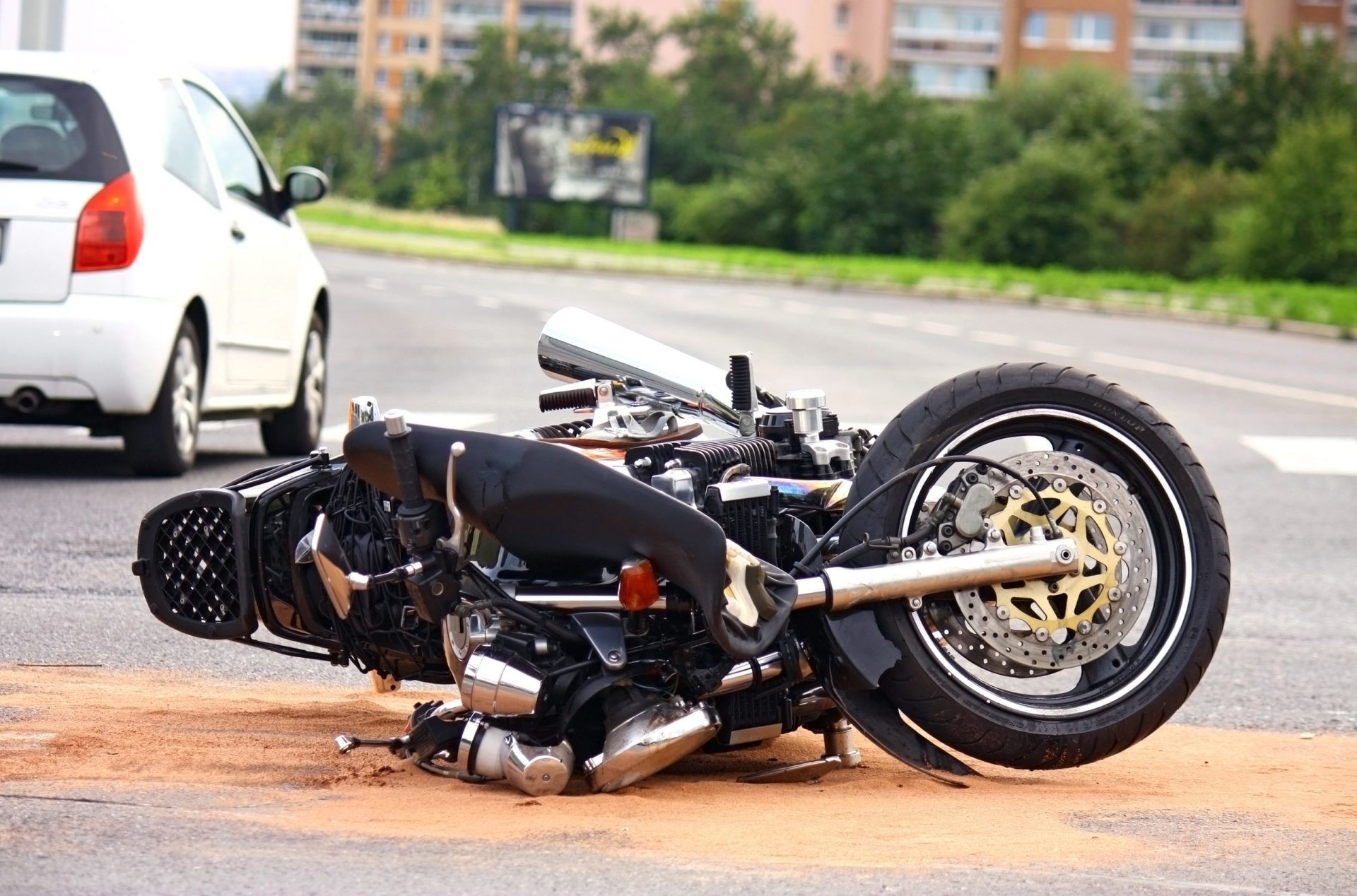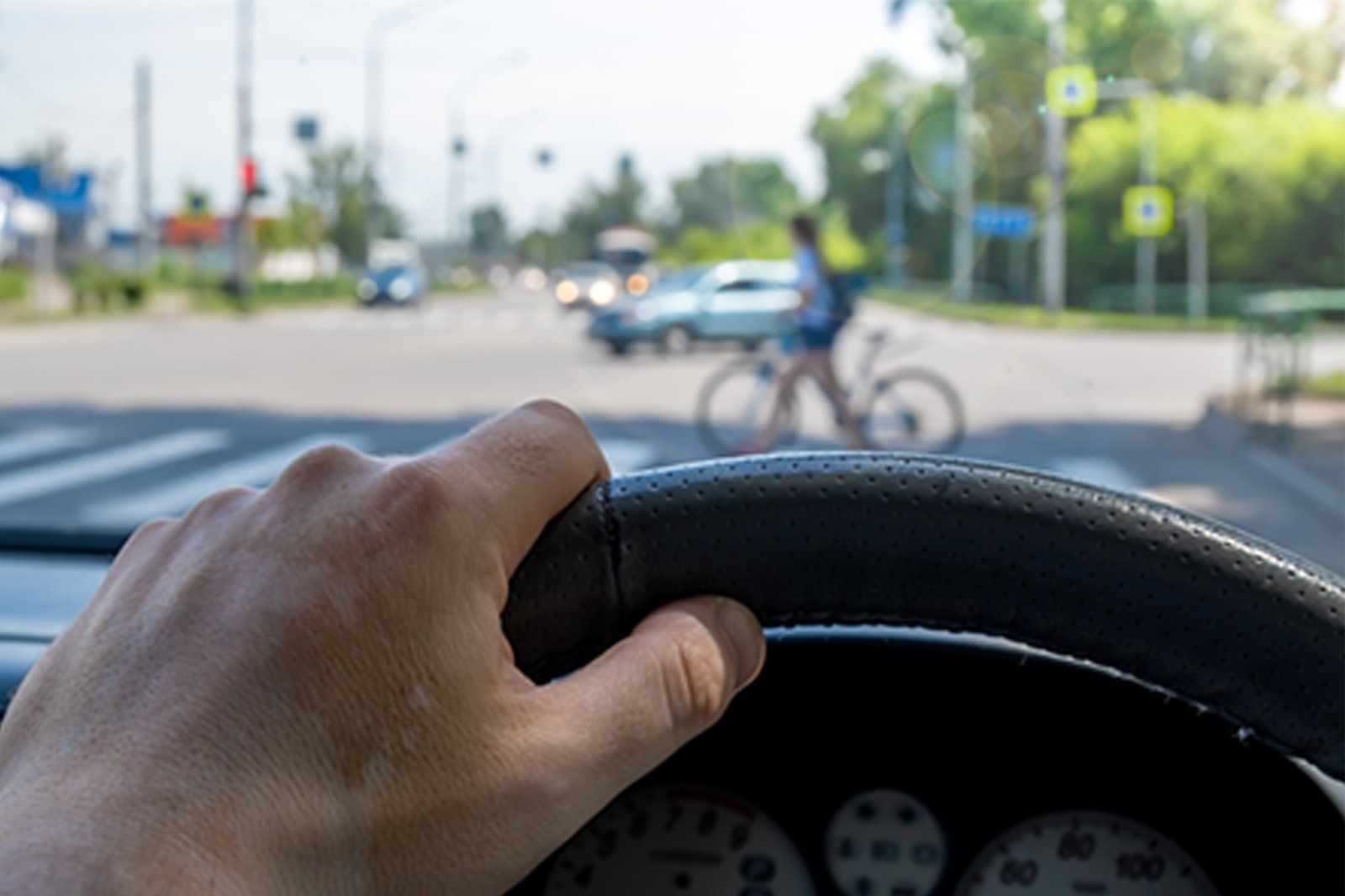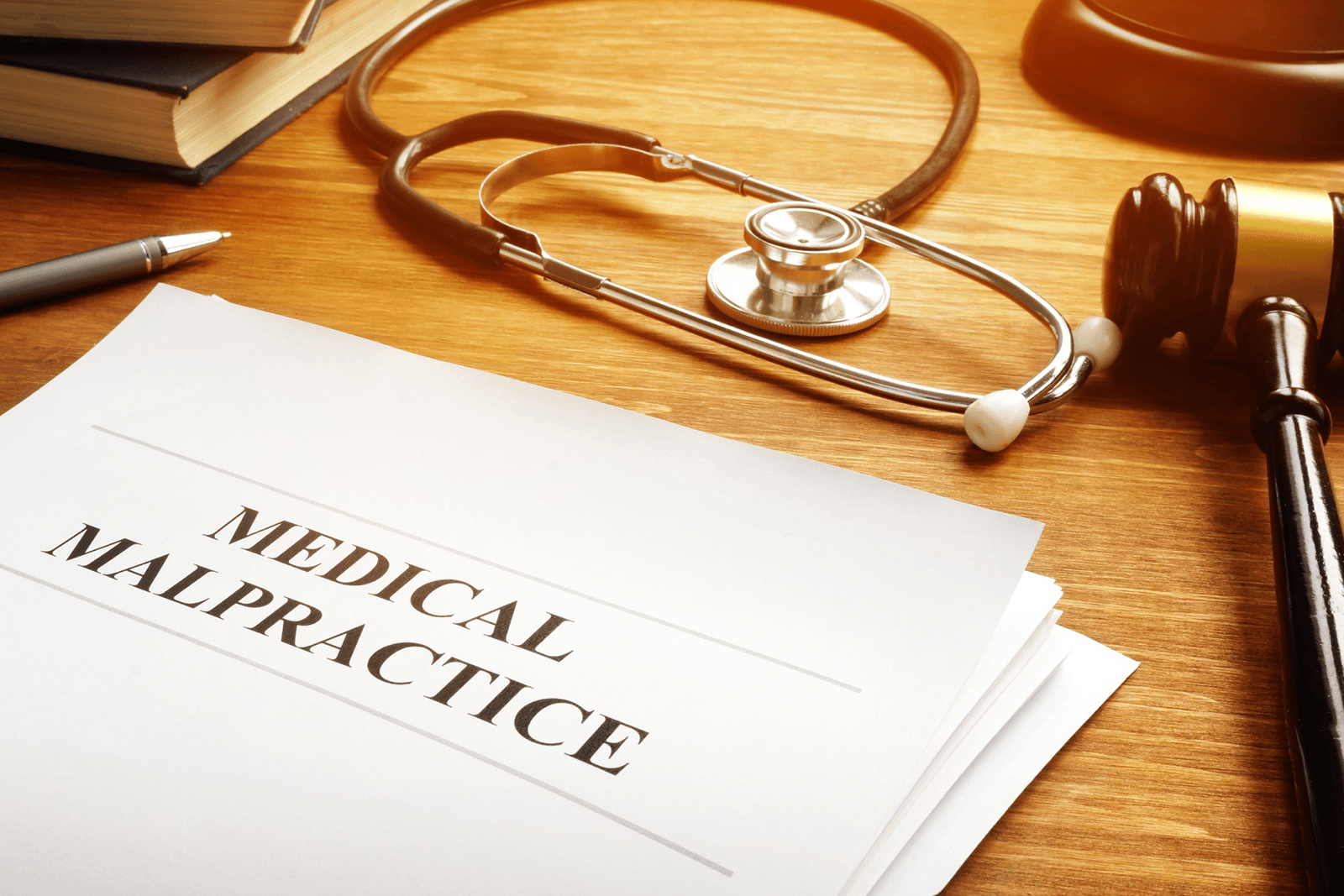How to Protect Yourself from A Motorcycle Accident
People often think of motorcycling as a dangerous hobby. Most parents warn their children to never get on the back of one. While it’s true that motorcycles can be dangerous, there are a lot of people who really enjoy being able to drive the scenic routes of Illinois and take in the unobstructed views from the seat of a motorcycle. However, even careful motorcyclists can easily be involved in an accident, often through no fault of their own. You can reduce your chance of being injured in a motorcycle accident by wearing proper safety equipment and practicing safe driving techniques. However, you cannot control the behavior of other drivers. So, whether you are an avid motorcyclist or just a concerned citizen, it’s important to learn the factors that can lead to motorcycle accidents so that you can help prevent them.
SAFETY CONCERNS
It’s no question that motorcycle accidents are an issue. They can be caused by a number of factors, including car drivers not seeing a motorcyclist on the road. In fact, the fatality rate for motorcyclists in 2016 was six times the fatality rate for passenger vehicle occupants, with deaths occurring nearly 28 times more frequently. According to the National Highway Traffic Safety Administration (NHTSA), in 2016 there were 5,286 motorcyclists killed, an increase of 5.1% from 2015. It is your responsibility as a motorcycle driver and/or passenger vehicle sharing the road, to know the risk factors that can cause these accidents.
Due to the nature of motorcycles, they are far less safe than enclosed vehicles for a few reasons:
- Low visibility- motorcycles are not nearly as visible to other drivers compared to enclosed vehicles. It can be easy to miss a motorcycle in your blind spot. Motorcyclists often change lanes quickly and maneuver around vehicles in a way that can make it difficult to see them.
- Less stability- motorcycles don’t have the same ability to balance as well as cars with 4 wheels. If a motorcyclist were to run over something in the road or get caught in sudden storm, it could be difficult to regain balance.
- Lack of protection- motorcyclists have nothing to protect them from the elements. They can be left defenseless to road hazards or dangerous weather conditions. Even with the proper safety gear, motorcyclists are prone to a number of injuries because they are out in the open instead of being in a protective steel cab.
MOTORCYCLE DRIVING TIPS
It’s not just the inherent nature of motorcycles that can cause accidents. There are also preventable driver actions that can cause accidents such as:
- Left turns- it’s important to pay close attention to any vehicle who could be taking a left turn, but especially a motorcycle. It can be difficult to see their turn signal and if the passenger vehicle is the one taking a left, it can be difficult to see if there is a motorcycle in your blind spot.
- Speeding & Reckless Driving- Accidents can occur when either motorists or motorcyclists drive aggressively, speed, drive inattentively, switch lanes quickly or without signal, or tailgate the vehicle in front of them.
- Driving under the influence- alcohol use is one of the highest leading causes of motorcycle accidents. According to the NHTSA, in 2016, motorcycle riders involved in fatal crashes were found to have the highest percentage of alcohol-impaired drivers than any other vehicle types. 25% of all motorcycle riders killed were alcohol-impaired.
COMMON ACCIDENT INJURIES:
As explained above, motorcyclists are more vulnerable to injury than other motorists because they are relatively unprotected while sharing the road with much larger vehicles. According to the CDC, these are the most common injuries in non-fatal motorcycle accidents:
- Lower extremities- The CDC found that majority (30%) of all non-fatal motorcycle injuries happen to the legs and feet. Cuts, bruises and abrasions are common, but riders suffer a number of fractures and sprains as well. Additionally, these are the least likely areas to be equipped with real protection.
- Head and neck- These injuries represent 22% of the most common motorcycle crash injuries. These are often the most serious and usually occur because many motorcyclists still don’t wear helmets. Traumatic head injury is the cause of many fatalities and long-term cognitive issues. Whiplash and other soft tissue injuries are also an all too common result.
- Spine- Motorcycle accidents usually cause riders to be thrown from their bikes. These impacts can easily harm the spine, sometimes causing paralysis or otherwise impairing mobility.
- Upper Extremities- Injuries to the upper body are also common but can be easily prevented. Often times when riders are thrown from their bikes, they hit the ground first with their hands in an effort to catch themselves. This not only causes “road rash”, but it can also send a brutal force up the arms and break bones.
WHITESIDE & GOLDBERG, LTD.
Major life-threatening injuries can happen anywhere on the body after a motorcycle accident. Realistically, no one part of the body is considered “safe”. As a rider, you can decrease the severity of your injuries by investing in quality protective gear and always remember to wear your helmet.
A motorcycle accident can result in serious and often permanent injuries, costly medical bills, and lost income. If you are involved in a motorcycle accident, you need to seek immediate medical care and legal counsel. Whiteside & Goldberg, Ltd. works with those who have been injured in a motorcycle accident to help them recover damages for their injuries and get their lives back on track. Whiteside & Goldberg, Ltd. works hard to get you the settlement you deserve.
They offer a free consultation and do not charge you anything until you win a settlement. The experienced attorneys at Whiteside & Goldberg, Ltd. fight to secure your financial future. For more information on car accident lawsuits, call 312-334-6875 for the Whiteside & Goldberg Michigan Avenue location and 815-730-7535 for their Shorewood office.
The content of this blog is intended for informational purposes only and does not constitute or establish an attorney-client relationship, nor constitute legal advice. If you wish to discuss any further aspect of the material contained herein, please contact an attorney at Whiteside & Goldberg, Ltd.





